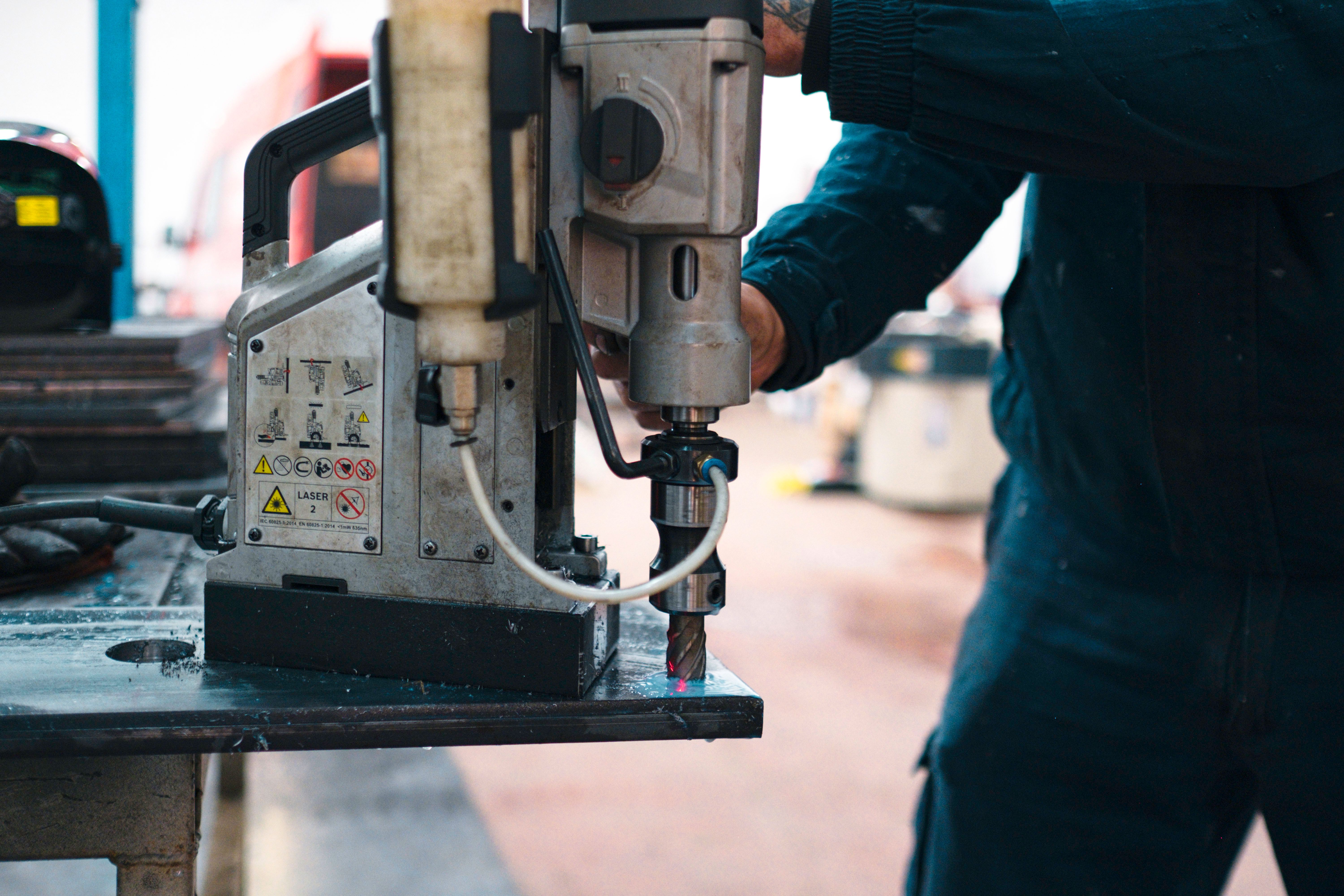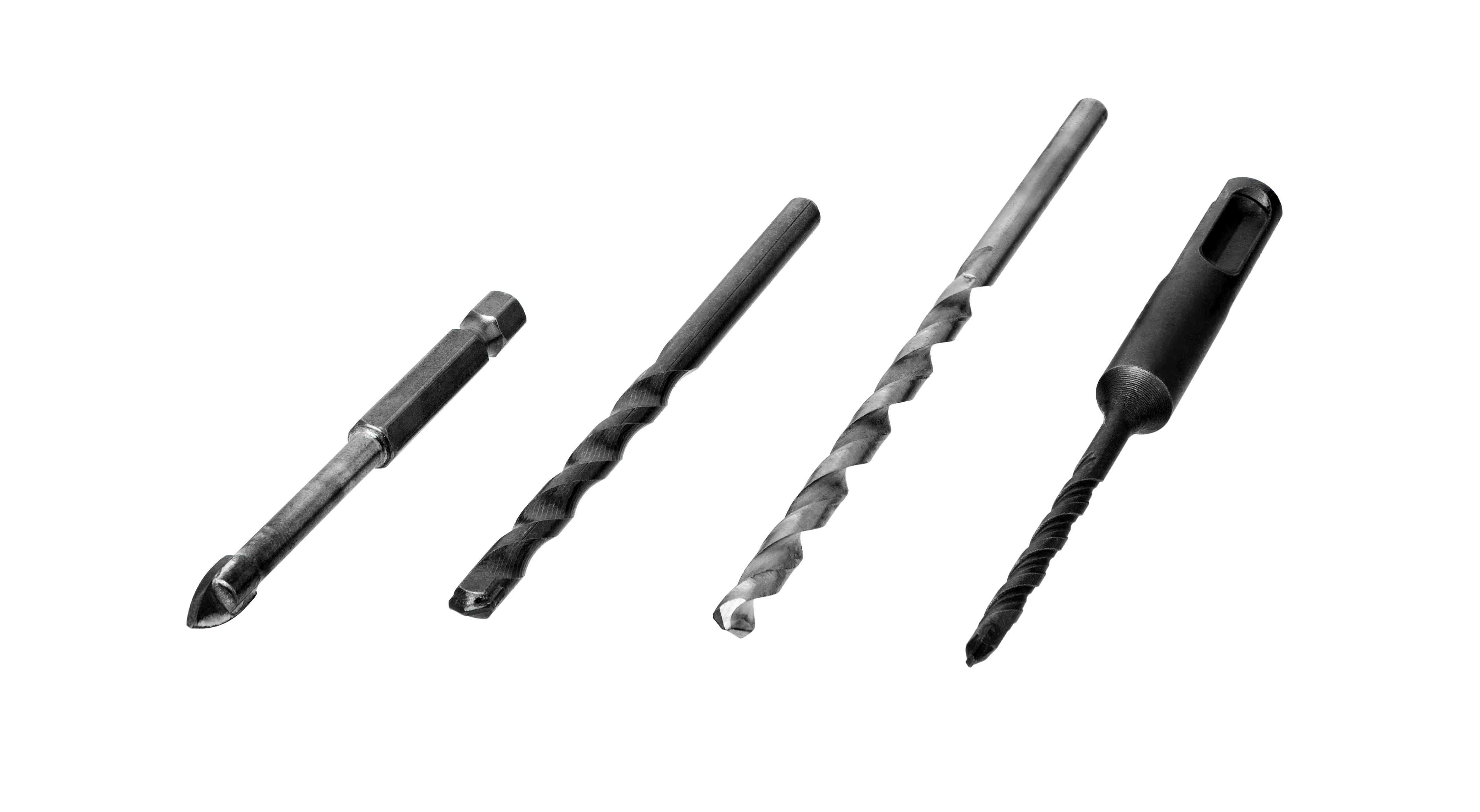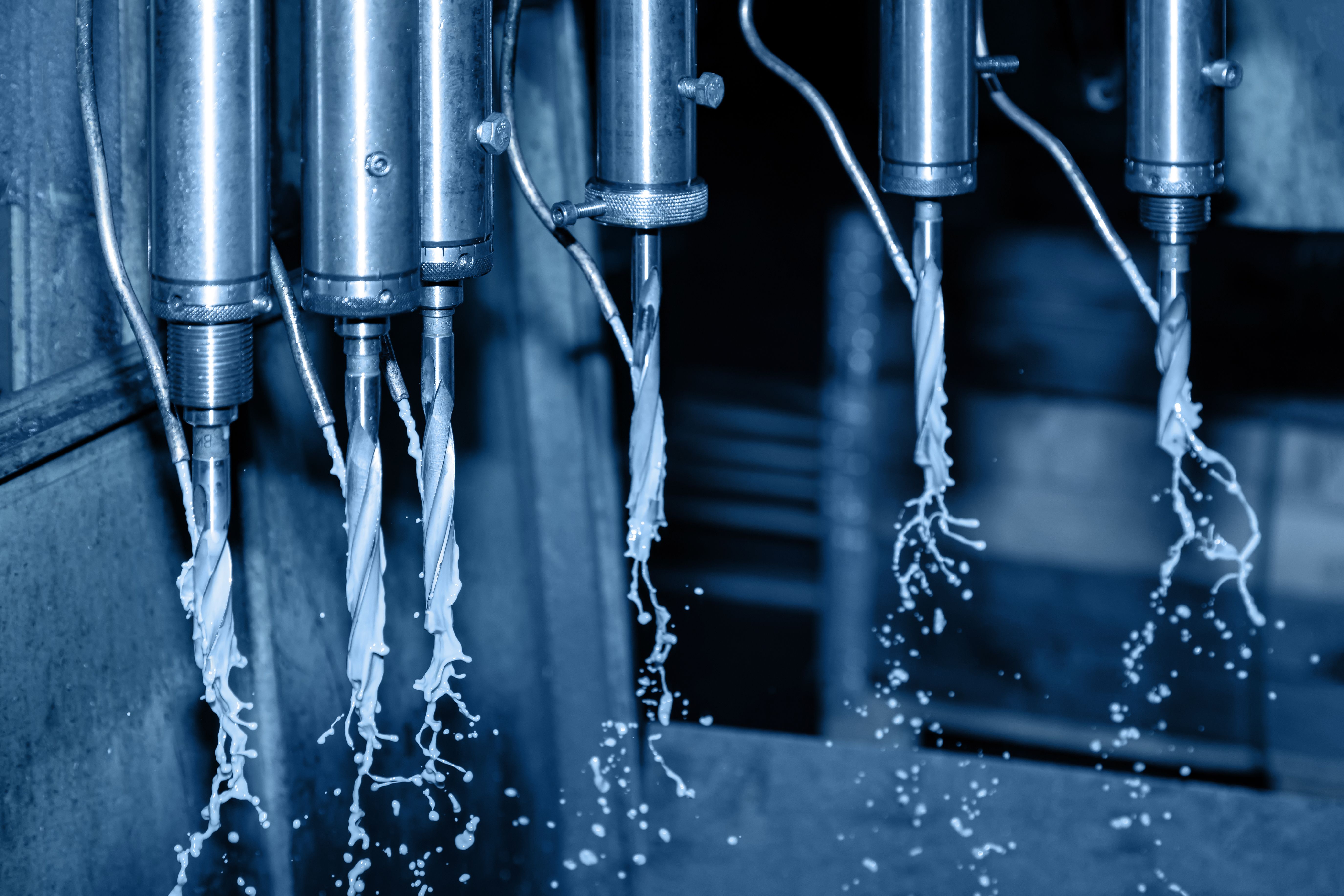Top 5 Mistakes When Using Magnetic Drills and How to Avoid Them
RR
Introduction to Magnetic Drills
Magnetic drills are essential tools for professionals working with metal surfaces. They offer precision and efficiency, making tasks like drilling holes in steel beams much more manageable. However, improper use can lead to mistakes that compromise safety and performance. Understanding these common errors and how to avoid them can enhance your drilling experience.

Poor Surface Preparation
One of the biggest mistakes when using magnetic drills is neglecting surface preparation. Ensuring the surface is clean, flat, and free from debris is crucial. Dirt or rust can weaken the drill's magnetic hold, leading to inaccurate drilling or even accidents.
How to Avoid: Always inspect and clean the surface before setting up your drill. Use a wire brush or sandpaper to remove any rust or debris, ensuring a strong magnetic connection.
Incorrect Drill Bit Selection
Using the wrong drill bit for your material can lead to inefficient drilling and potential damage. Different materials require specific bits, and using an incorrect type can result in inadequate performance or broken bits.
How to Avoid: Familiarize yourself with the types of drill bits suitable for various materials. For instance, use high-speed steel (HSS) bits for softer metals and cobalt bits for harder materials.

Inadequate Clamping
Another common error is insufficient clamping of the workpiece. If the material isn't securely fastened, it can move during drilling, resulting in poor accuracy and potential injury.
How to Avoid: Use clamps to secure the workpiece firmly before drilling. Double-check that everything is stable and aligned properly before starting the drill.
Ignoring Coolant Use
Many users overlook the importance of using coolant. Without it, drill bits can overheat, dull quickly, and even break. Proper cooling not only extends the life of your tools but also ensures cleaner cuts.
How to Avoid: Always have a coolant system in place when using magnetic drills. Apply a steady stream of lubricant to reduce friction and heat buildup during drilling operations.

Lack of Maintenance
Lack of regular maintenance can lead to decreased performance and tool failure. Dust, grime, and wear can affect a magnetic drill's efficiency over time.
How to Avoid: Establish a maintenance routine that includes cleaning, lubricating moving parts, and checking electrical connections. Regularly inspect your tools for wear and replace any damaged components promptly.
Conclusion
Avoiding these common mistakes when using magnetic drills can significantly improve both your safety and the quality of your work. By paying attention to surface preparation, choosing the right drill bit, securing your workpiece, using coolant, and maintaining your tools, you set yourself up for success with every project.
Keep these tips in mind to enhance your magnetic drilling practices and always prioritize safety and precision.